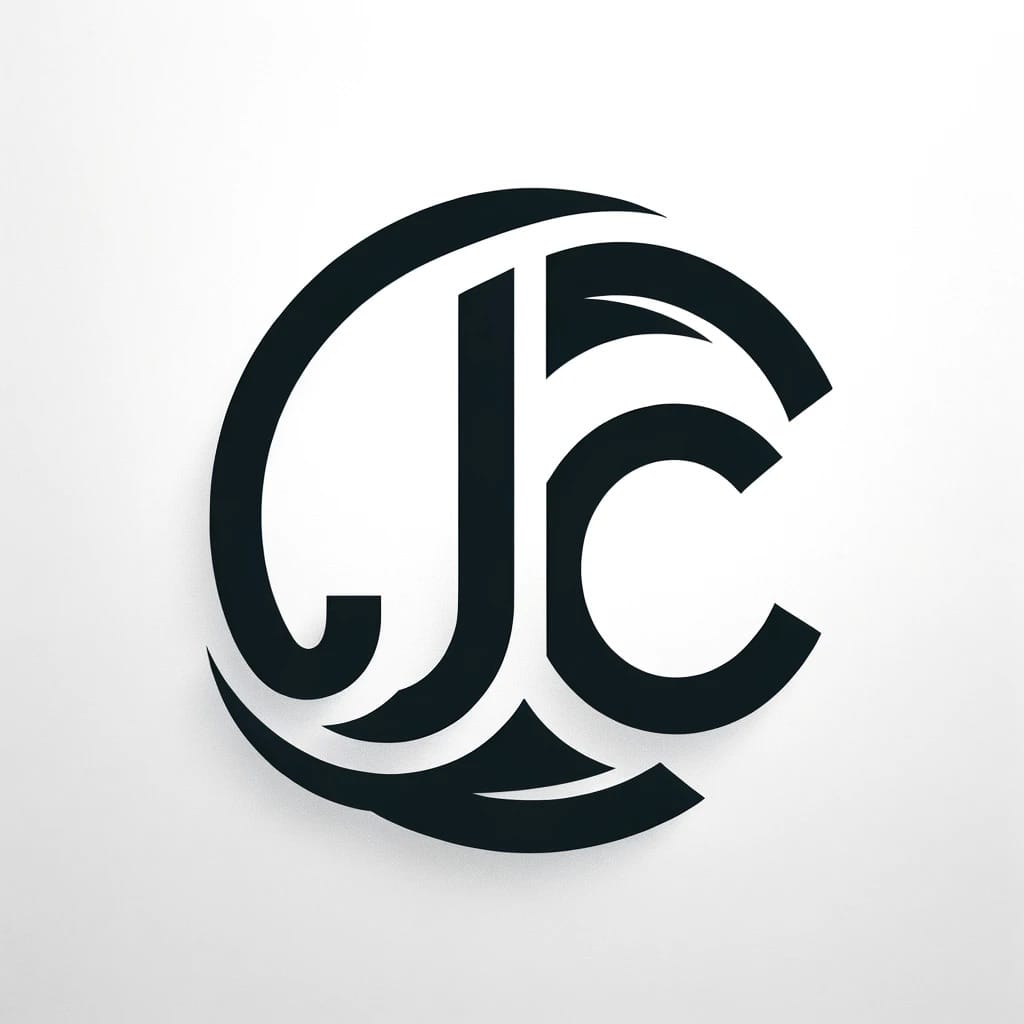This week’s tip: Make friends and keep them friendly

As a leader of transformational projects, it’s critical that you spend your time focused on the most strategic areas of your project.
When you cultivate understanding and support of stakeholders, you reduce the risk of your project.
You also avoid costly mistakes or missing information, which turn transformation projects into disasters.
For example, when I run large projects, I make time to connect with everyone on the team. It doesn’t matter if they are part of my direct project team, or some of the stakeholders that will be impacted by the project. It doesn’t matter if they are the CEO or an analyst.
Unfortunately, most only think of this when it’s too late. When something goes wrong, it’s too late to start building and cultivating relationships.
Build your bridges before you need them.
Here’s a 3 step plan for building relationships (and reducing your risk in the process.
Step 1: Understand who your stakeholders are
This goes beyond a typical stakeholder mapping process.
I’ve started paying close attention to all of the stakeholders that can be impacted by my project.
I keep a running list of connection points to make sure that I’m deliberately connecting with everyone on the project.
Awareness is your first step.
Step 2: Meet to solve a problem
A lot of people will have meetings with stakeholders. But few will go into those meetings with the intention to solve that person’s problems.
Remember that all the stakeholders may not have the background to understand what is going on and why.
So it’s important to walk through every single step.
Have them identify some of the issues that they may encounter as a result of what you are doing. Listening is the key here.
Step 3: Meet again
It’s not enough to engage with stakeholders once. This needs to be a disciplined part of your process. Update them on how you’ve worked to address some of their issues. Give them updates on the project.
Congratulations, you just reduced your risk considerably on the project allowing you to free up more time and giving you a better chance of succeeding in your outcomes.
